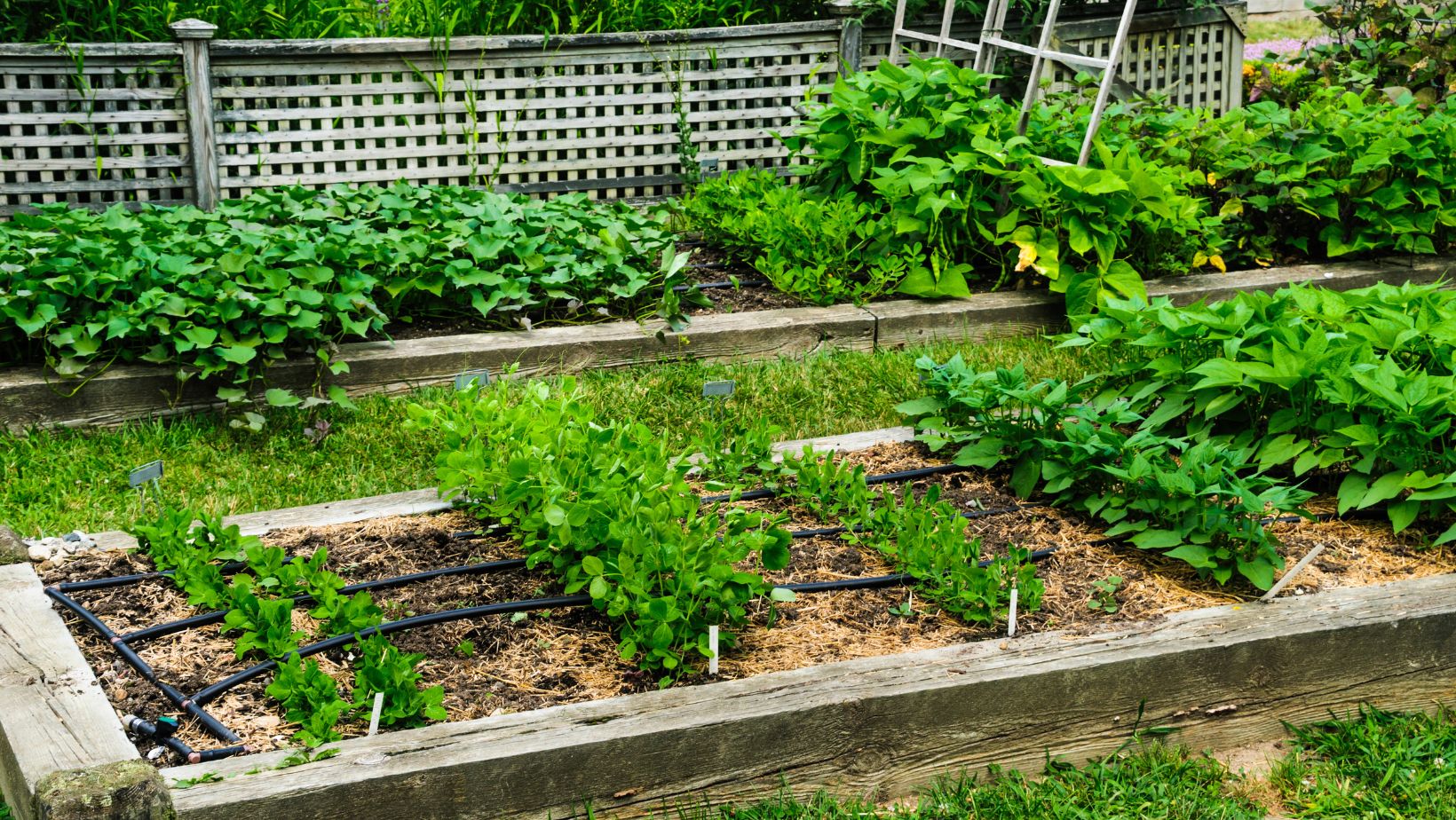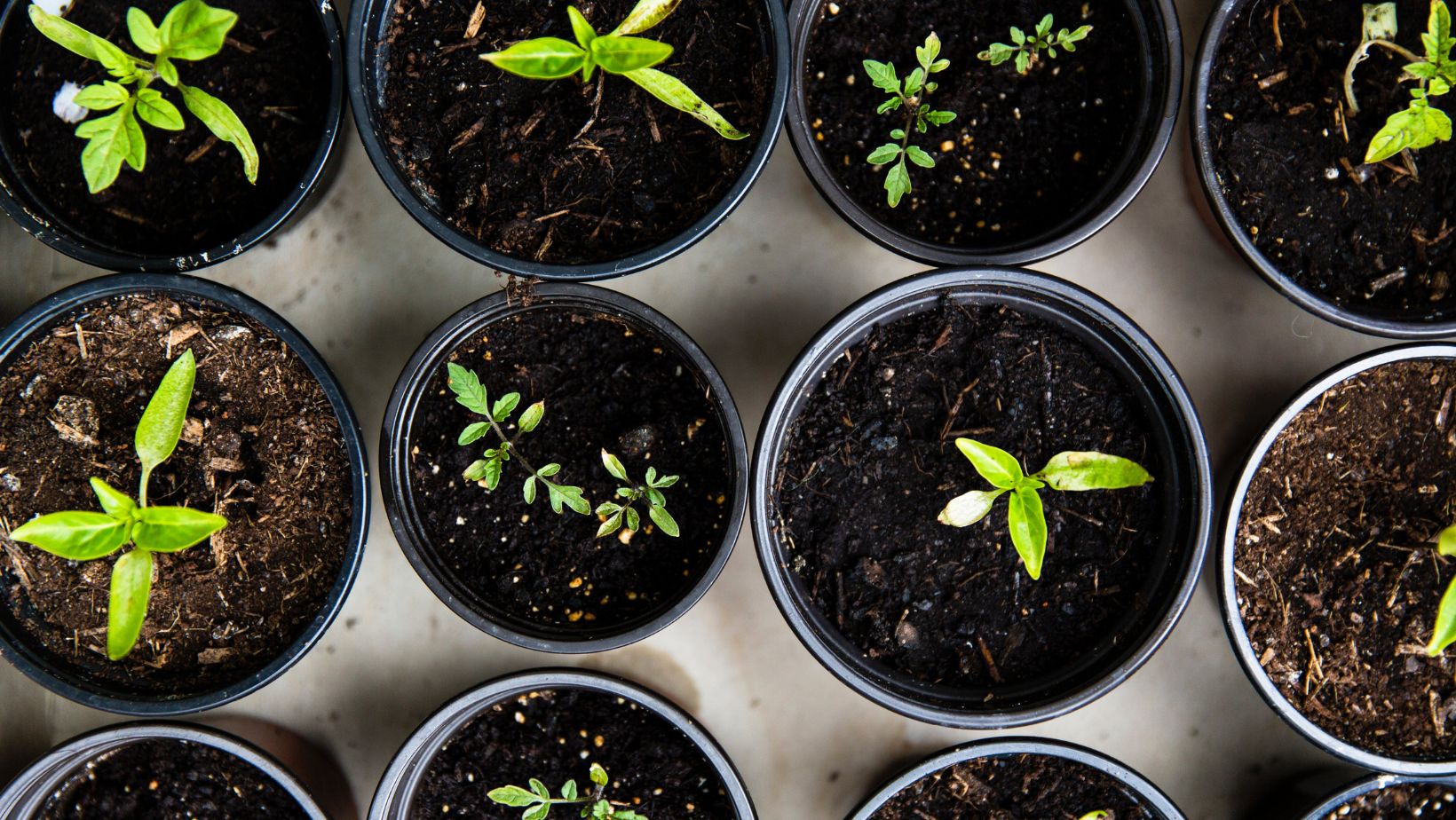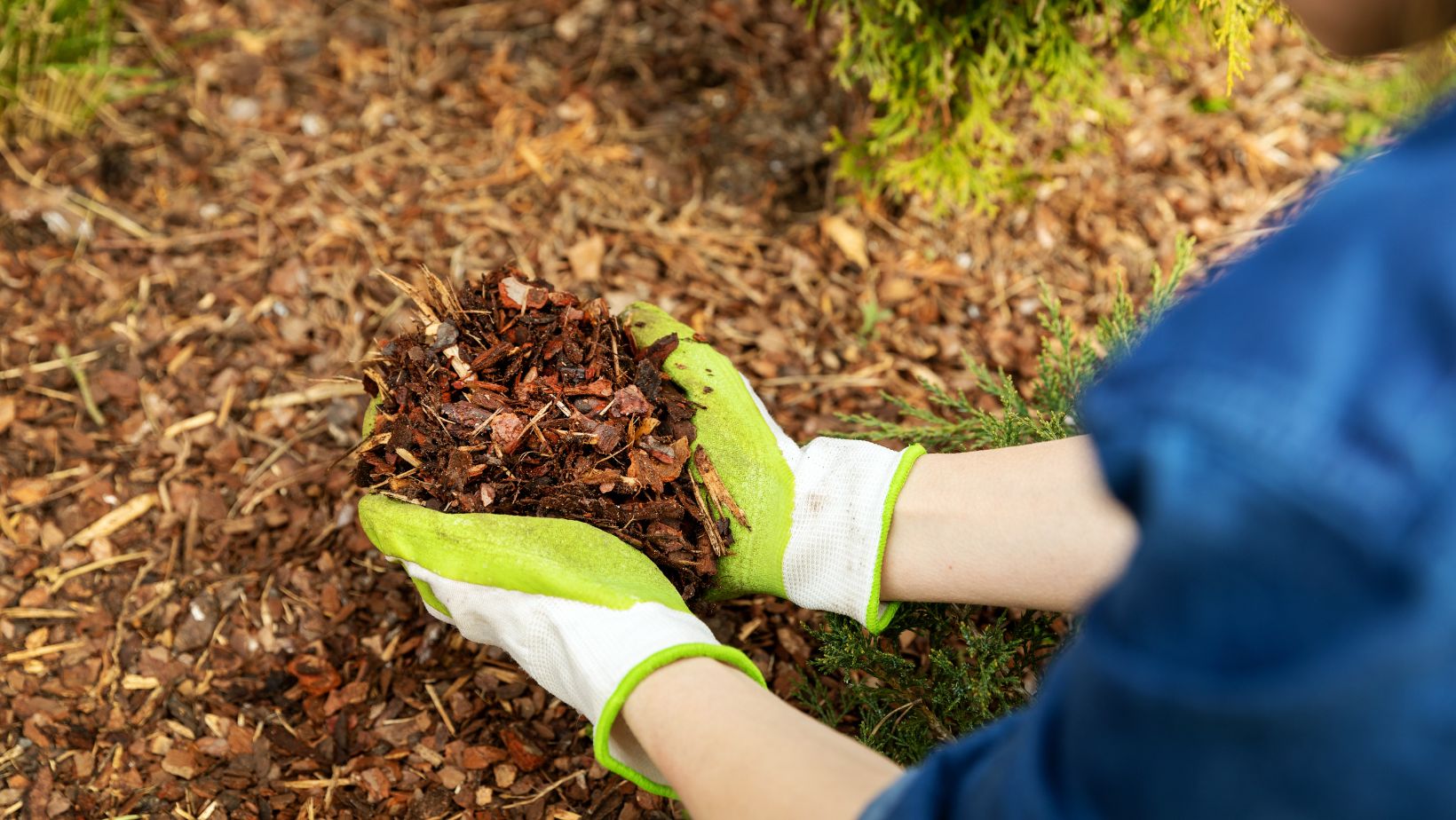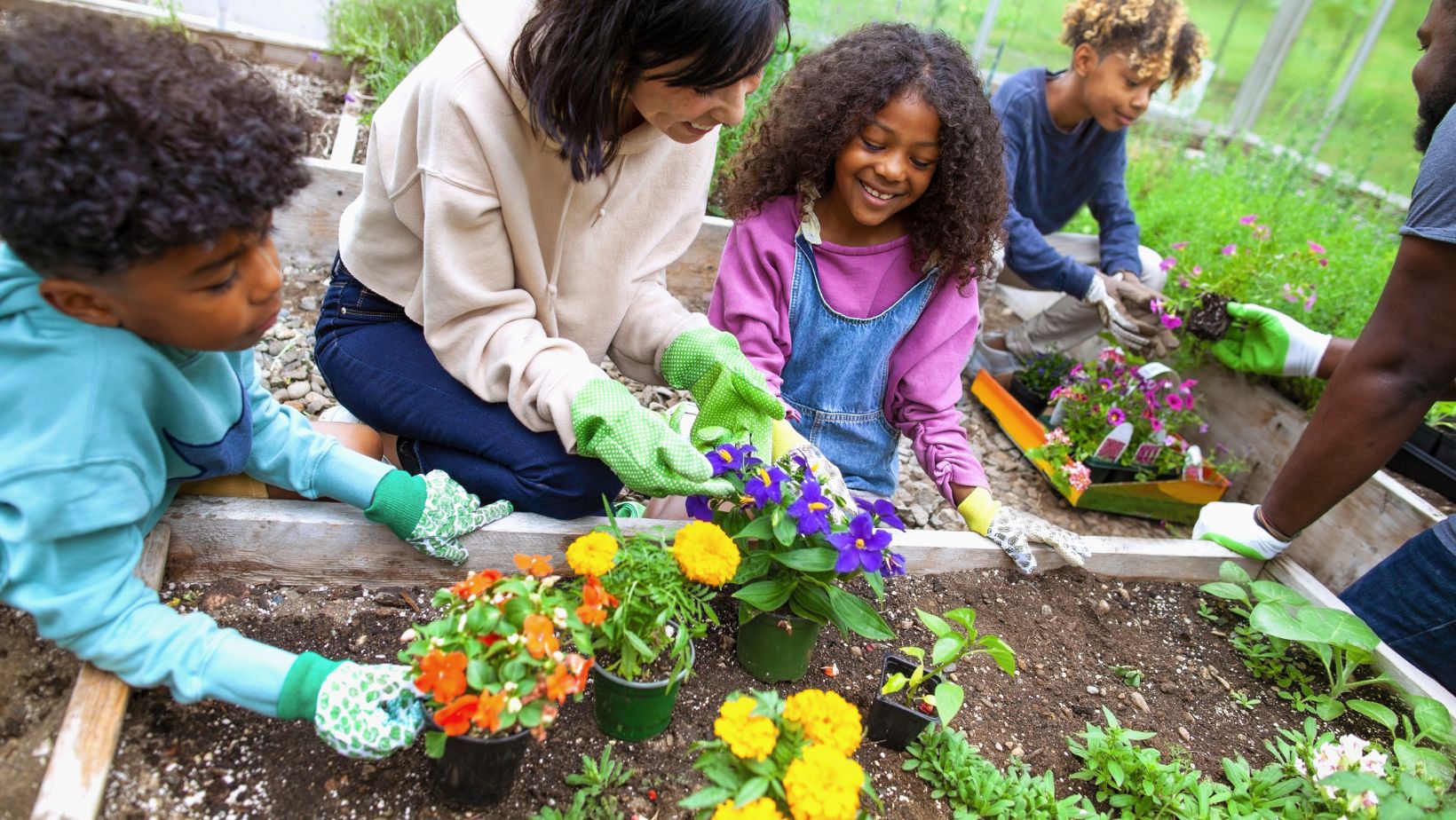Prune, Remove and Pull: The first step in prepping your garden is prune dead leaves off your perennials, ridding the garden of debris and pulling any weeds that will surely take away from your gardens visual appeal. Because weeds often grow faster than other plants, they carry the possibility of out-competing your desirable plants but not only taking up valuable real estate, but also using up water, nutrients and precious sunlight. Tidy up your garden so that your plants can grow freely and with plenty of space to blossom to their full potential!

Consider Using Garden Beds: This is something you can build as a DIY garden project, or simply purchase at your local nurseries or home hardware store. A garden bed works great for anyone but is an especially great way for gardening newbies to gain better control of their plots. This option also works for those with smaller homes and only a balcony or more limited backyard space to work with.

Nurture Your Seeds Indoor First: By nurturing your seeds indoor first, you can get an head start on your garden and enjoy an early payoff! Be sure to check your seeds and understand the best time to plant them for their plant type and whether this is a feasible option, as some plants don’t flourish indoors like others do. Once the risk of frost has past, you can move your adorable little seedlings outdoors where they can really sprout but remember to harden off your plants first. Don’t shock your plants into the move. Instead introduce them to the outdoors with a gentle transition. On warmer days, move them outside for a few hours and gradually increase time spent outdoors till they can tolerate and thrive against the outdoor elements on a full-time basis. Keeping them in their trays for a few extra days while outdoors will also help assimilate them to their new environment slowly.

Plant Your Garden Plot Ahead of Time: Read up on the types of plants you’re interested in growing and be sure to plan your plot ahead of time to avoid any surprises along the way. Keep in mind that certain plants aren’t as keen to share space as others and will even take up an entire plot. By planning your plot out on paper, you can be rest assured every one of your plants will have place to belong and can grow and flourish with ease.
Freshen Up Soil & Mulch: Use a rake and loosen up all that soil that has packed down over the fall and winter months. This will create more pockets of air within the solid that can then travel to your plants roots and give them the right amount of oxygen they need to grow healthily. Also keep in mind that in order to really dig deep and move that soil around, you’ll need to remove any mulch you may have laid down from last year and replace it with a batch of the fresh stuff or set aside the old mulch to reuse (if it’s quality has retained enough over the winter). Mulch is a great way to keep moisture in and reduce the likelihood of too much water evaporation in your garden.

Plan to Remove Pests: Pets are a thing of nature and will surely show up unless you plan manage them now. Remove any seasonal hibernators, like slugs, snails and aphids and plenty more, before they have the opportunity to make a home in your garden. Research ways to implement preventative pest control for your garden, and create a plan of action you can quickly implement before they’ve found time to wreak havoc.
Have fun with it! Don’t forget that gardening is a passion and have fun making your plots your own! One really great and colourful way to add a unique touch to your garden is by making DIY plant labels. Find inspirations on socials like Pinterest or Instagram and get crafting. The fun thing about making your own plant labels, is you can get the whole family involved!






